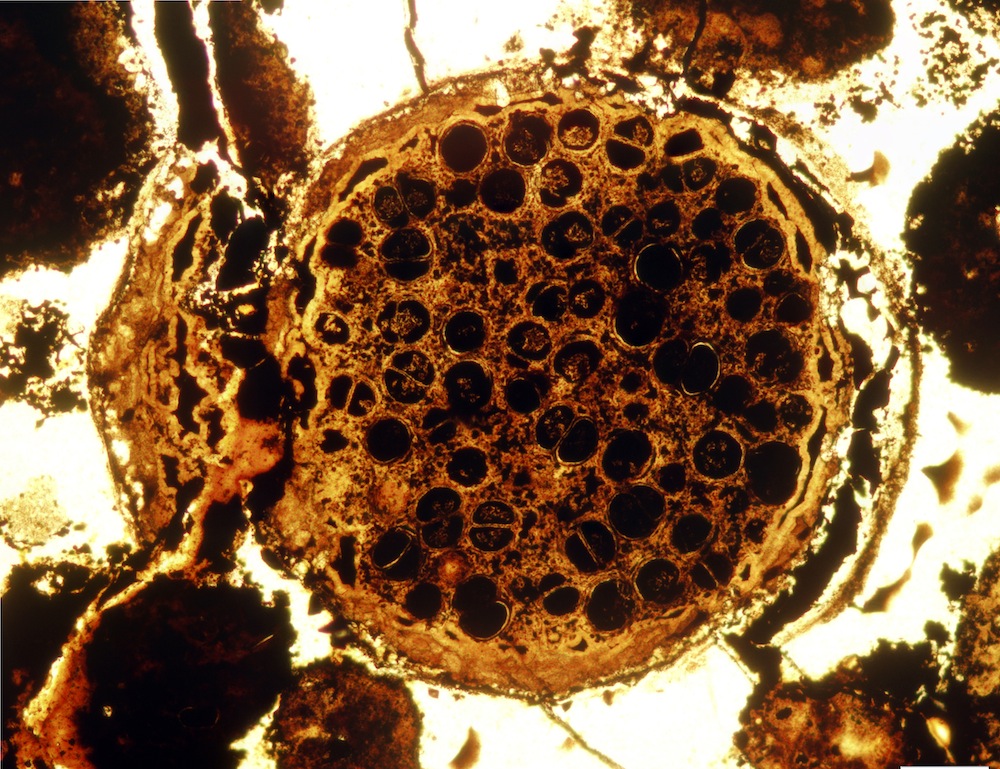When you buy through links on our site , we may earn an affiliate committee . Here ’s how it works .
Sphericam specimens
A multicellular spheric fossil dating back 600 million years fromChina ’s Doushantuo Formation . A new study , put out in the daybook Nature on September 24 , 2014 , finds that these fossils are either alga or early animate being embryos , but are not bacteria or single - celled protists . This specimen is a mere 0.03 inches ( 0.7 mm ) in diameter .
Different cells
A multicellular specimen of theMegasphaerafossils display carve up cells in its interior . The peripheral cell on the outside of the jail cell are slightly elongated , suggesting cell differentiation . Differentiated cell are a trademark of complex spirit . Animals , for example , have hundreds of type of cells that perform specific purpose : musculus cells , blood cells , nerve cadre , resistant cells , reproductive cell and more . Geobiologist Shuhai Xiao of Virginia Tech and his colleague surmise that these fossil might present a transition from wide-eyed unmarried - celled life to more complex multicellularity in the cosmos ’s ocean 600 million years ago .
Cell clusters
Among the possibly differentiated cadre of the Megasphaera fossils are unusual structures dubbed " matryoshkas " by the subject researchers . ( Matryoshka is the Russian word for nesting doll.)The cells in these matryoshka cluster are smaller than the cells in the ease of the fogey and seem to have been fossilize in the thick of divide and growing . Xiao and his colleague believe that these matryoshkas may be clump of reproductive cells , segregate from the somatic , or trunk , cell of the being .
Animal embryos?
A heavy matryoshka structure within a 0.03 - in ( 0.7 millimeters ) Megasphaera fossil . Researchers slice up ultra - thin layers of rock ‘n’ roll and used brightness level to crystallise the microscopical social organisation inside these diminutive fossils . What they found suggests that these organism had complex , differentiated cells , with procreative cadre dissever from the rest . The findings are consistent with some kinds of alga or early animal embryos . However , adult animals to produce these embryos have yet to be obtain .
Fossil finds
A Doushantuo Formation dodo in an early phase of evolution , hold back only four cells . These fogey come from a shallow marine environs , perhaps similar to the Bahamas in the modern era . But 600 million yr ago , animal life was just emerging on the satellite , probably in the form of sponge- and jellyfish - like creatures .
Multicellular life
An former developmental point of Megasphaera . The fossil may conquer the conversion from single - celled to multicellular life , perhaps as an early ancestor of today ’s animals or perhaps as an evolutionary dead - end . research worker desire to hear fossils of grownup animals that might have made these embryonic dodo , but flaccid - corporal animals are often elusive in the dodo book .
























